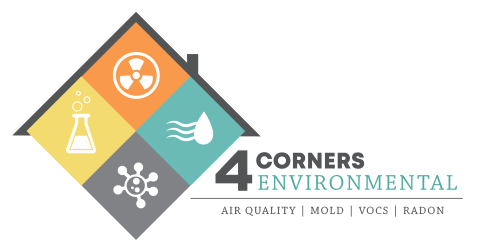WHAT WE TEST

Mold Inspections/Testing
There are many ways that mold can grow, and they all start with water and moisture. Moisture can come from many different sources: a pipe leak, water intrusion from a rain storm, condensation, improper grading/drainage around your foundation, and/or high relative humidity. Most molds grow on substrates and particulates after an average of 72 hours after exposure depending on the moisture content. Mold can be very elusive and can be hidden behind walls, cabinets, furniture and under carpets. The visual inspection is the most important part of a holistic approach and when sampling is necessary, we retrieve tape, swab, air and even do wall cavity samples if needed. Different vantage points are necessary to establish a case for the source of conditions and the identity/type and concentrations of mold will dictate any level of remediation. Learn more about mold testing from our friends at NORMI.
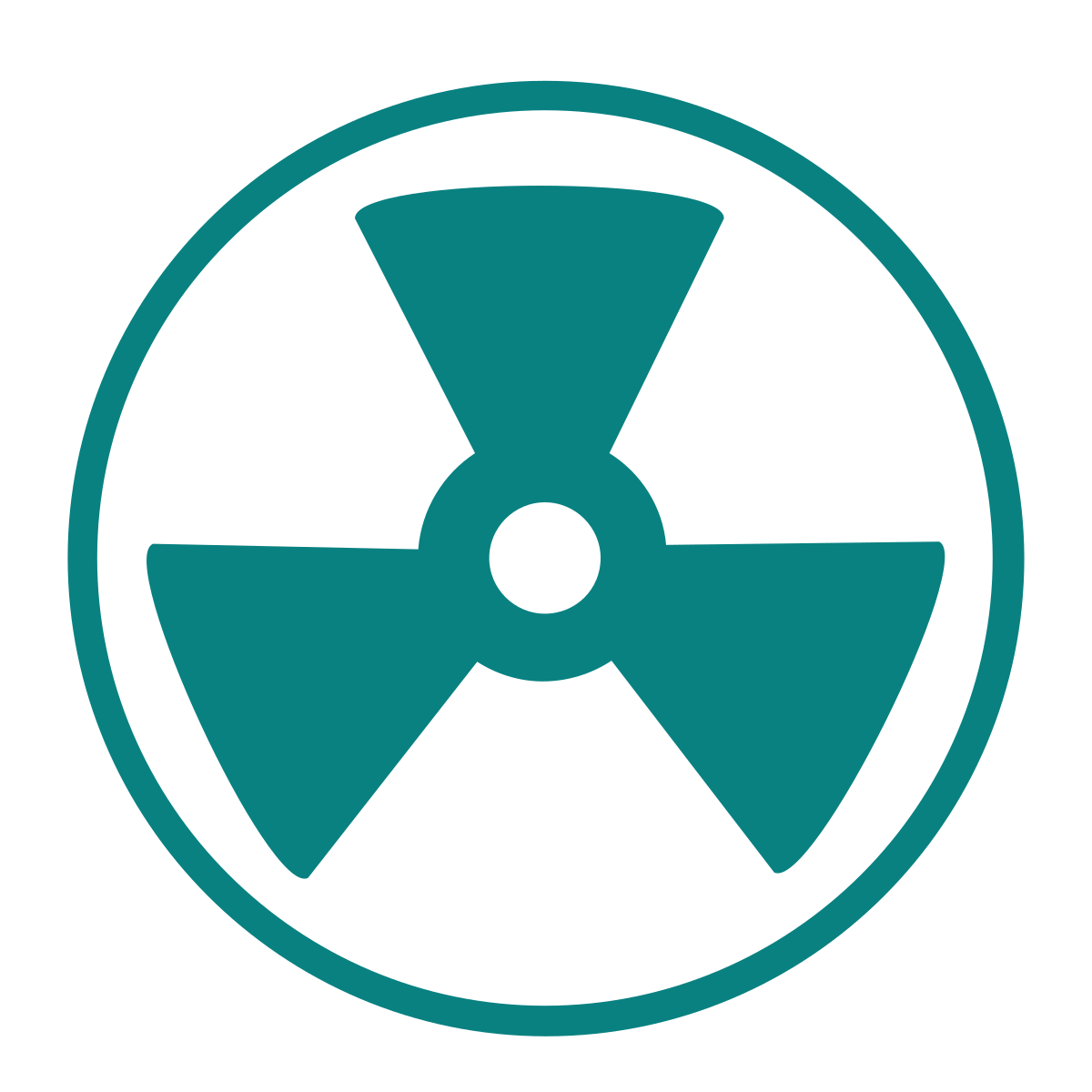
Radon Testing
Radon is a naturally occurring radioactive gas produced by the breakdown of uranium in soil, rock, and water. Air pressure inside your home is usually lower than pressure in the soil around your home’s foundation. Because of this difference in pressure and the “stack effect” of your home, your home acts like a vacuum, drawing radon (and moisture) in through foundation cracks and other openings.
Other than smoking, radon is the second leading cause of lung cancer in the United States. The EPA recommends under 4 pCu/L for an acceptable indoor short-term test. A short-term test is a minimum of 52 hours where the measurement of radon decay particles are averaged hour-by-hour. While many radon tests is assocaited with real-estate transactions, everyone should know the level of radon that is present in their home to know what they are breathing.
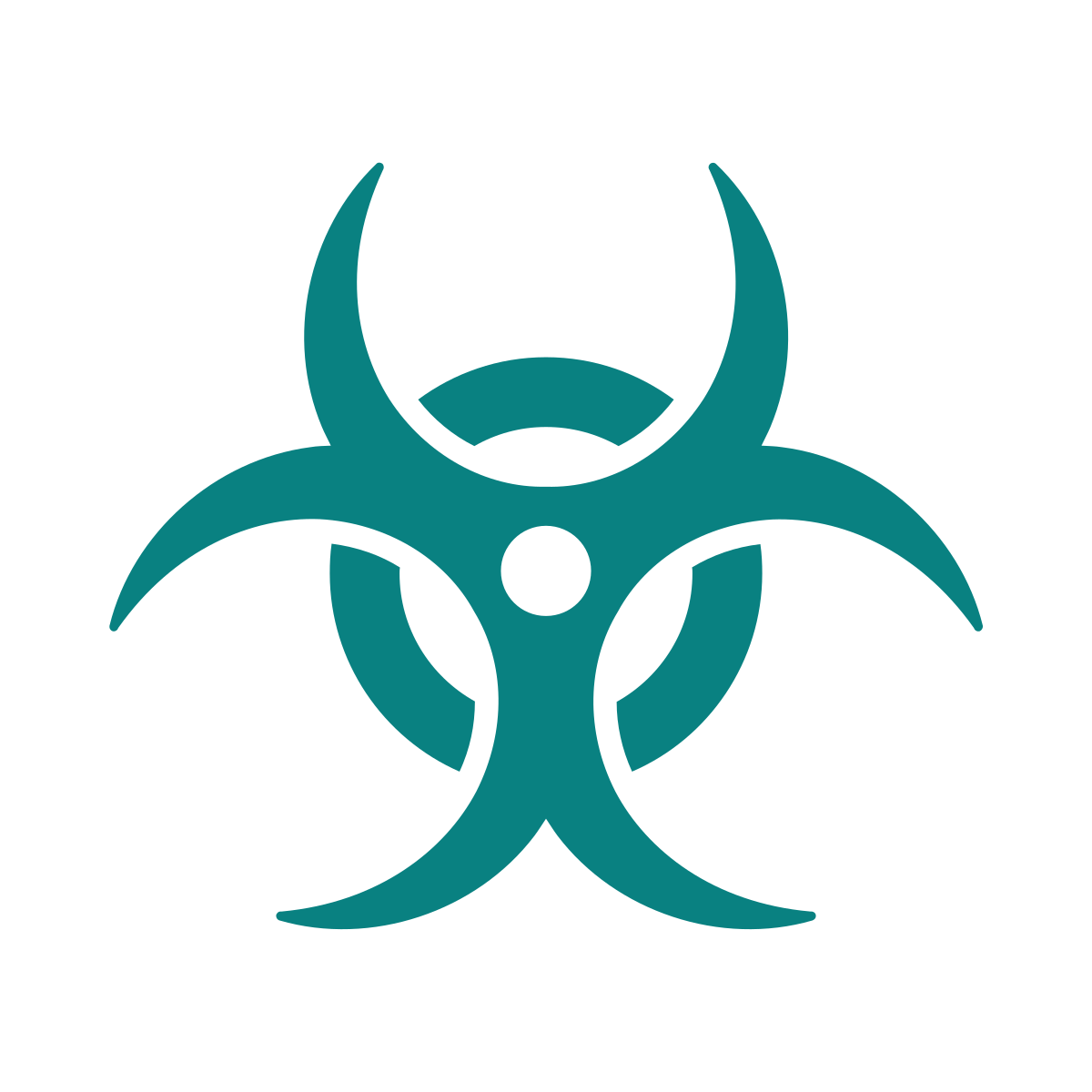
Lead & Asbestos Testing
Asbestos is a mineral fiber that occurs in rock and soil. Because of its strength and heat resistance, it has been used in building construction materials such as shingles, ceiling and floor tiles, and more. Asbestos gets released into the air when disturbed during product use, demolition work, building or home maintenance, and remodeling.
Lead is a naturally occurring element found in small amounts in the earth’s crust. While it has some beneficial uses, it can be toxic to humans and animals, and can be found in drinking water, old paint, soil, and more.
Exposure to these materials have the potential to increase risk of lung diseases and neurological health issues in adults and children. If you suspect lead or asbestos in your home or business, we will visit the property to perform a visual inspection and help identify materials that commonly contain lead/asbestos-related properties and retrieve sampling for lab testing.

Mycotoxin/Beta-Glucan Testing
If you have concerns about mold in your indoor environment, this is the most comprehensive test on the market. This test includes beta-glucan, mold genera and mycotoxin tests, giving you a full reading of your indoor air environment.
Beta-Glucan Testing: A vast majority of mold species have beta glucan as a part of their cell walls, spores, and as smaller particulate matter emitted into the air by germinating and growing molds. These smaller particles are more likely to remain airborne longer and could be hidden behind walls.
Mold Genera: This test will detect various types of mold genera. Among them are 5 molds that are considered “zero tolerance” molds. If found, they require immediate remediation.
Mycotoxin Assessment: Mycotoxins are toxic compounds naturally produced by certain types of molds.
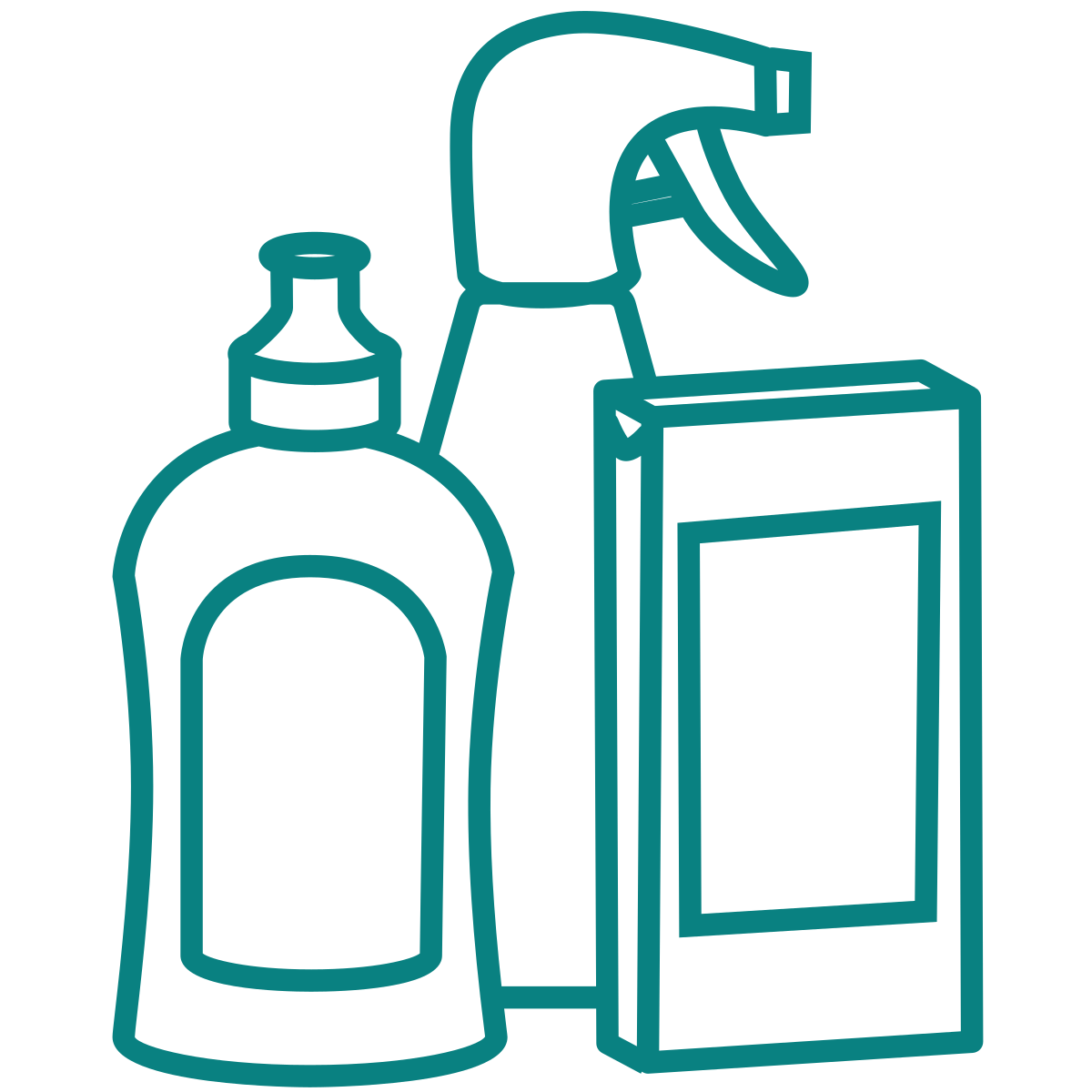
VOCs
Volatile organic compounds (VOCs) are chemicals used to manufacture and maintain building materials, interior furnishings, cleaning products and personal care products. “Volatile” means that these chemicals evaporate or can easily get into the air at room temperature. “Organic” means these chemicals are carbon based. The term “chemical emissions” refers to VOCs as they evaporate/off-gas into the air from products.
We can test everything from high levels of carbon dioxide, to natural gas leaks, to formaldehyde and everything in between with our state of the art testing equipment, we can measure levels of a broad spectrum of VOCs on-site as well as through sampling and lab testing.
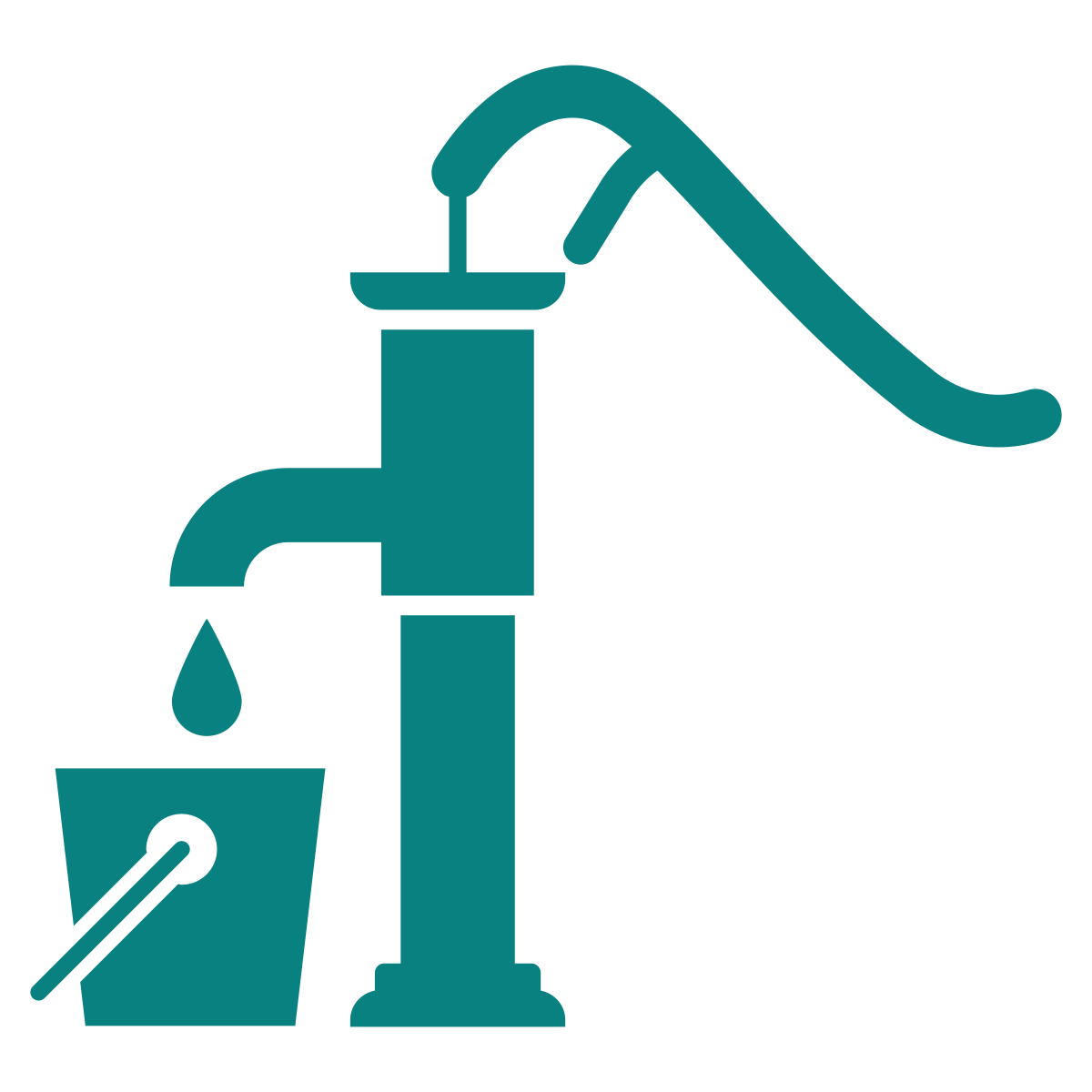
Well Water Testing
Did you know that the U.S. Environmental Protection Agency’s (EPA) rules that protect public drinking water systems do not apply to individual water systems, such as privately owned wells? As an individual water system owner, it is up to you to make sure that your water is safe to drink.
There are many water quality indicators and contaminants that should be tested for in your water, such as Total Coliform, E. Coli, pH levels, nitrate, total dissolved solids, and VOCs. We recommend testing your well water every spring season for regular maintenance and any time you notice a change in taste, color or odor in your water.

Soil Testing
The soil around your home or business can get contaminated many ways, but the most common is from a sewer line event such as a leak, damage or repair. When these events occur, “black water” contaminates your soil, requiring the need to have it tested for Bac T, eColi and other contaminants to determine their levels of concentration.
We can help you identify areas of possible contamination and retrieve sampling for lab testing. Once lab results are received, we evaluate them and identify what levels of action may need to be taken.
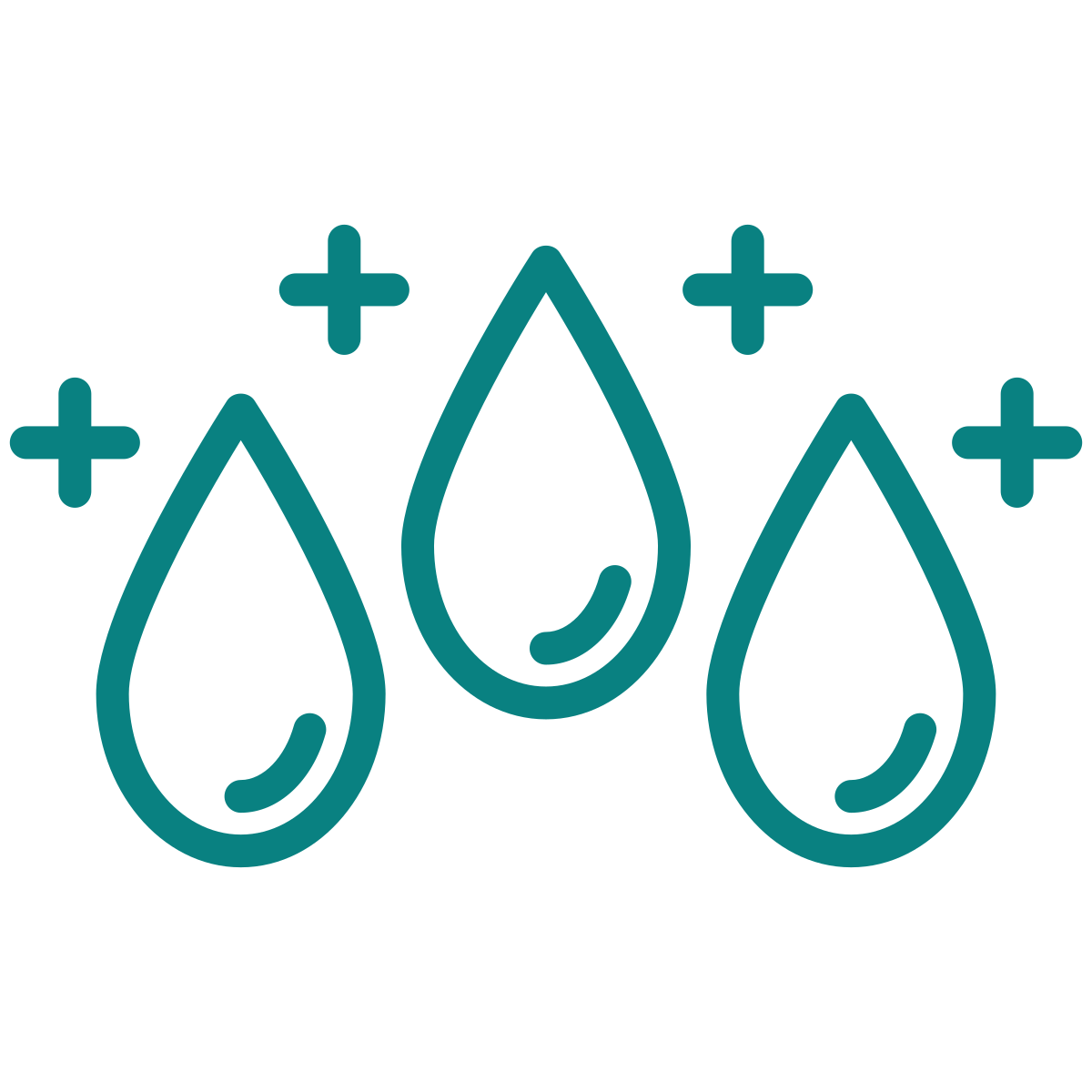
Moisture/Water Detection
As part of the process to identify signs of mold, we identify areas of moisture related to water leaks, condensation, relative humidity, or convection from the exterior due to pressurization of the home. Identifying these areas helps get to the root cause of mold-related issues and we can assess methods of prevention or improvement to mitigate problems with moisture and water around homes and other structures.

PRV for Mold Remediators
A Post-Remediation Verification (PRV) is the process of sampling to verify the presence or activity of mold after the remediation is complete. We follow industry standards with ATP sampling, a visual assessment, and sampling previous areas where high concentrations existed or molds with micotoxins were associated to verify a differential and presence/absence. At the conclusion of our testing, we provide a clearance letter for the areas tested. Third-party testing is essential to ensuring unbiased results to verify the work and give the remediation company and their clients confidence in the work being completed and in compliance with the standards set by the IICRC SR-520 guidelines.
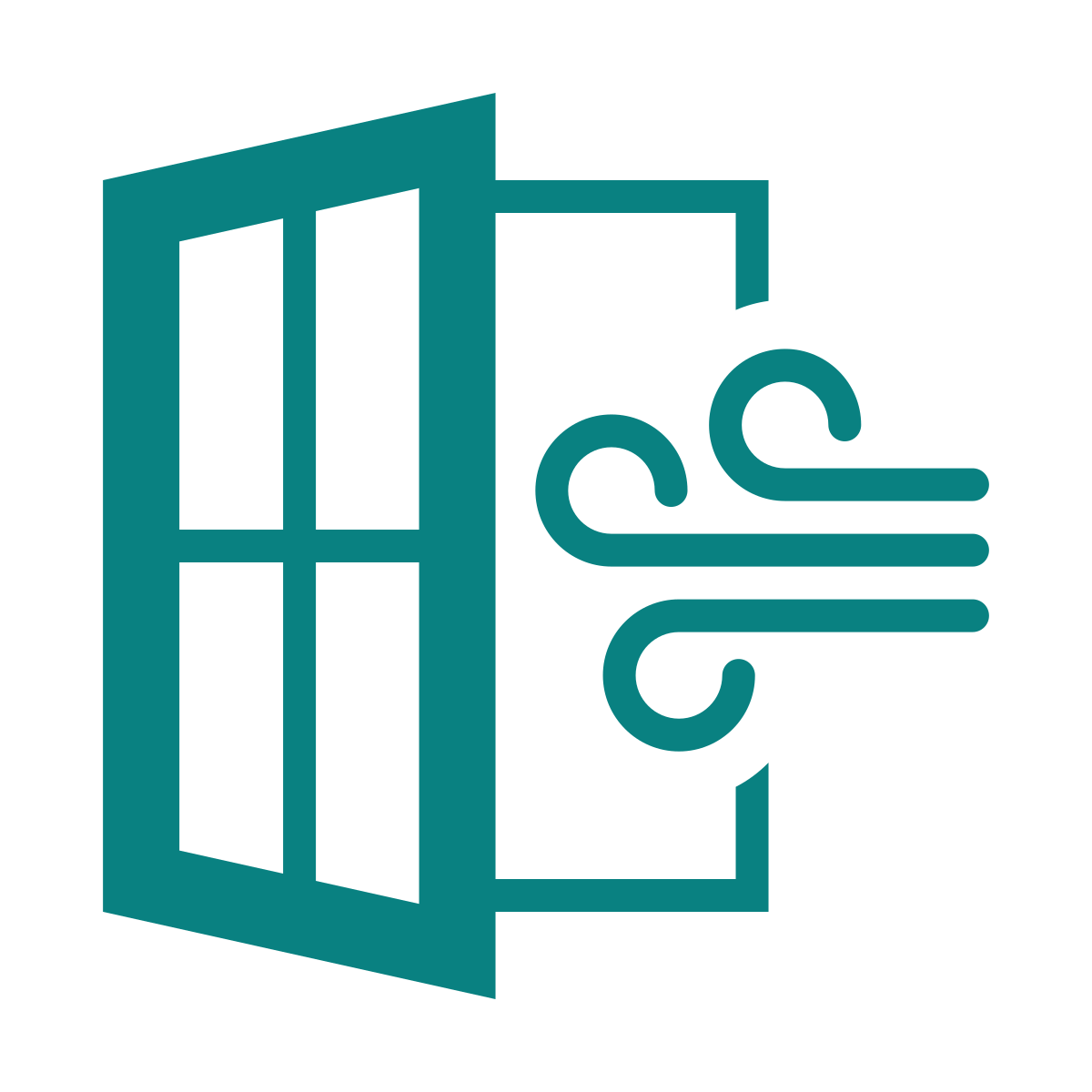
Air Quality Testing
As part of our holistic approach, we evaluate HVAC systems because they function as the lungs of the home. We assess filtering and outside influences on a visual inspection, as well as air sampling for mold spores and particulates in the air associated with your breathing space. In conjunction with VOC testing, we can evaluate what is in your breathing space and provide areas of improvement during the visual inspection. Learn more about the importance of air quality at IAQA.com
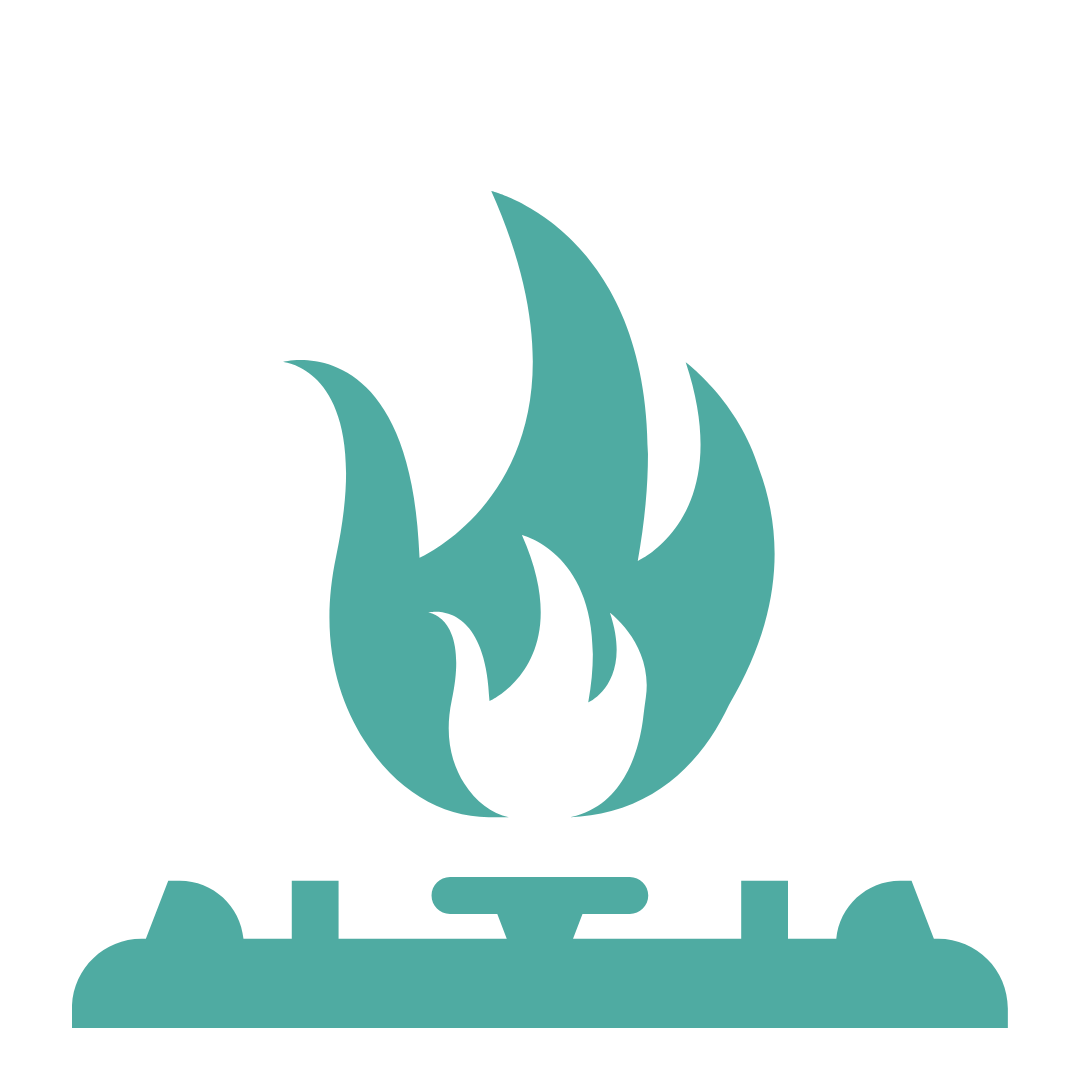
Combustion Analysis
Did you know that a deteriorated heat exchanger is the most common way unsafe levels of carbon monoxide can enter a home? This underscores the importance of assessing the operating condition of gas appliances such as your water heater, furnace, cooktop, oven, and fireplace. Our assessment includes gas leak detection, combustion draft pressure measurements, and carbon monoxide production & spillage evaluations for your vented appliances. According to the CDC, there are 20,000 visits to Emergency Rooms and more than 400 deaths annually in the U.S. due to carbon monoxide poisoning. This is an easy and affordable way to mitigate that risk in your home.
